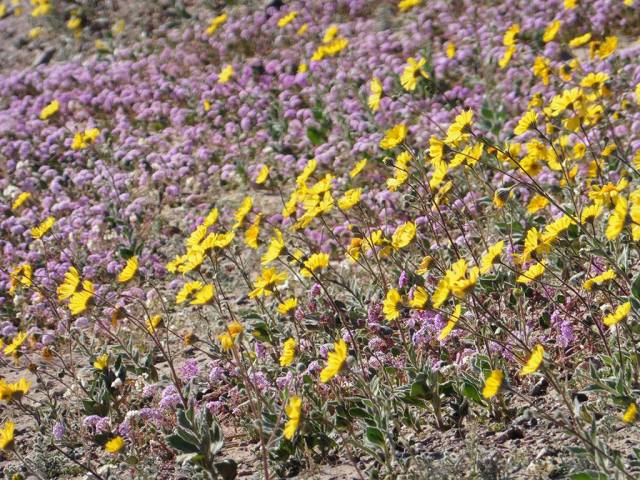Last week, while attending the Berkshire Hathaway HomeServices conference in Dallas, I heard one of the speakers remind me of something I’ve read hundreds of times in articles, books, and speeches on success.
Everything in business operates on the indisputable law of the farm:o
Seeds must be planted and nurtured in order to experience a harvest.
Surprisingly, this principle was recently on display in Death Valley. This desert, spanning parts of California and Nevada, is one of the hottest and driest places on earth. It’s not a place that would seem likely to support much plant life.
And yet, it wonderfully demonstrates the power and resilience of the law of the farm. It also teaches an important lesson about recruiting—one that most hiring managers are very resistant to apply.
Death Valley Wildflowers
Death Valley recently experienced a remarkable harvest of wildflowers as documented by health and science reporter, Katherine Ellen Foley.
[Due to El Niño rains,] the suddenly fertile desert is fostering an explosion of wildflowers, unofficially coined a “super bloom.”
These super blooms happen about once every 10 years; the last ones in 2005 and 1998 were also due to an El Niño weather pattern….
As you might imagine, the right set of circumstances have to be present for the super blooms to happen.
Though [park] visitors may not be able to see the seeds, they’re there for years and decades, on or near the surface, waiting for the right dose of rainfall.
Once the perfectly preserved seeds experience the right growing conditions (which only happens rarely) the harvest is unstoppable.
The Need for Seeds
Just as quickly as the wildflowers blossom, they get to work on producing the seeds for the next generation.
“When we have a big flower year like this, all these flowers are setting seeds,” says Linda Slater, a spokesperson for Death Valley National Park….
Currently, 20 species of wildflowers are in bloom, the majority ephemerals, which have short, deliberate lives. They blossom quickly, and generate seeds before the dry heat stifles them once more.
Without a huge number of seeds being present, used, and replenished, the cycle of life would quickly break down.
Are You Generating and Planting Enough Seeds to Make Your Recruiting Process Flourish?
This simple concept taught by nature is so often a challenge for hiring managers.
A harvest of new agents only comes reliably from one source—planting a large number of seeds on a consistent basis.
Yes, those seeds need nurturing. But the nurturing of a candidate is only partially in your control.
What if a candidate takes another job, moves out of the area with a spouse, or suffers an illness that keeps them from pursuing a real estate career?
More seeds are the only solution.
What happens when all the right conditions converge on your work of planting hundreds of recruiting seeds (this happened in 2013 and 2014 for many of our clients in the real estate industry)?
You get what the park rangers in Death Valley call a super bloom. The short video on this phenomenon is worth seeing. However, it’s more important to start acknowledging and participating in the law of the farm as it applies to recruiting.
If you’re not planting enough seeds, you have no chance of harvesting a productive crop of new-to-real estate agents.
Questions or Comments? Reply to your WorkPuzzle subscription email.
Didn’t get the WorkPuzzle email? Subscribe below. We promise not to share your email with others or use it for any other purpose but delivering WorkPuzzle notices.



